OUR TWO LATEST ARTICLES
UPCOMING VENTURES
Ko-fi is a fun website where you can stay updated with all the exciting updates from Step by Step Art. Originally designed for donations, it has now grown to provide even more features. On our page, you can enjoy regular posts, articles, reviews, videos, and in time, you'll be able to shop for any goodies that may be available in our store. Plus, you'll get every post delivered straight to your inbox as soon as they're published. It's a super easy way to keep up with the latest information. It’s free to join, so feel free to follow our page, leave comments, or ask us any questions you may have. If you're curious about how to sign up for Ko-fi, just click the button below to find out more. Let us know in the comments if there are certain subjects you would like us to include in our future articles, art tutorials or on our YouTube Channel.
0 Comments
If you are an artist who cares about the longevity and preservation of your work, you might have heard of the terms “acid-free” and “archival” when it comes to paper quality. But what do they mean, and how do they affect your art? Let's take a look. Acid-free paper is paper that has a neutral or alkaline pH, meaning it does not contain any acids that could cause deterioration or discoloration over time. Acid-free paper is more resistant to yellowing and fading, and it is better for the environment. Archival paper is paper that meets certain standards of permanence and durability, in addition to being acid-free. Archival paper should also contain no groundwood or unbleached pulp, meet strict limits on metallic content, and be free from optical brighteners, which artificially make the sheet whiter. Archival paper is often made with 100% cotton, which is considered to be the most stable and pure cellulose fiber. Acid-free paper is not necessarily archival, and archival paper is not necessarily acid-free. For example, an acid paper with buffers added could still deteriorate or yellow if the acid remaining in the sheet or formed during aging exceeds the buffering capacity. Conversely, an alkaline paper without any buffers could become acidic over time due to environmental factors. Most papers that have archival properties were originally designed for use in printing. However, certain papers, like Stonehenge, have gained popularity among coloured pencil artists due to their archival qualities. Archival papers are known for their lightfastness, which is typically assessed using the "Blue Wool" scale. This means that these papers do not fade over time or experience significant fading compared to non-lightfast papers. Conversely, non-archival papers like the Ursus line, are acid-free and can still be protected in various ways. If you intend to frame your artwork, it is advisable to use UV-protected or museum-quality glass as a means of safeguarding the artwork. Although this option may be more expensive, it provides the assurance of long-term protection. Did you know? If you cover the entire surface using lightfast products, the underlying material is protected from direct exposure to light. Lightfast products are designed to resist degradation when exposed to light, significantly reducing the rate of fading. However, it’s important to note that no product can completely eliminate fading, especially under intense or prolonged exposure to light. Regular maintenance and care are still necessary to preserve the appearance and quality of the surface. Advice for caring for your archival and acid free paper
The term “archival” is not regulated or standardised, and different manufacturers and archivists may have different definitions and criteria for what makes a paper archival. Therefore, it is important to check the specifications and certifications of the paper before buying it, and to look for reputable brands and sources.
What’s your favourite type of paper for your art? Do you go for acid-free, archival, or a mix of both? We’d love to hear your thoughts in the comments! |
AuthorKaren M Berisford Archives
March 2024
Categories
All
|
QUICK LINKSArticles
Art Tutorials Art Workshops Workshop Gift Vouchers Art Blog About ko-fi Our social media page About the Tutor Contact Site Map Vertical Divider
|
HOW TO SUPPORT USThank you for visiting our website, which offers valuable global resources for artists. We strive to provide a pleasant browsing experience by keeping our site advertisements-free. We do not earn money from this website, but you can show appreciation by buying us a coffee on ko-fi.com. You will find the donation buttons below and can follow us on ko-fi to stay informed of the latest news. We appreciate your visit! |
No part of this website should be copied or re-used anywhere without written permission from Karen M Berisford - 2011 - 2023
All images on this website are copyright of Karen M Berisford unless otherwise stated - Website design by Karen M Berisford. All rights Reserved.
All images on this website are copyright of Karen M Berisford unless otherwise stated - Website design by Karen M Berisford. All rights Reserved.

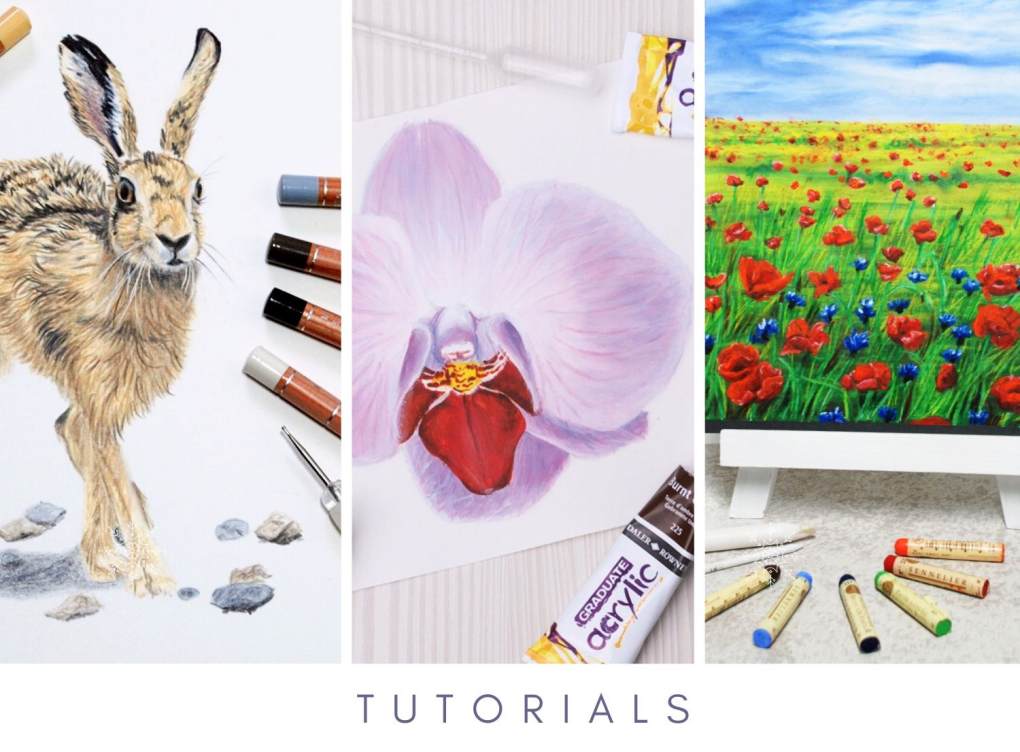







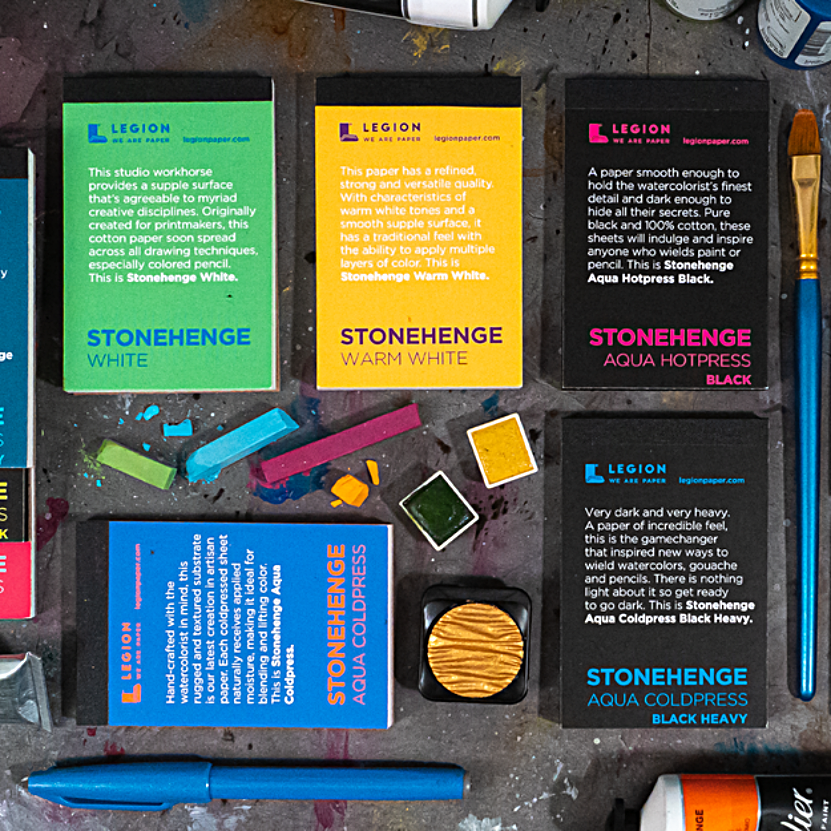
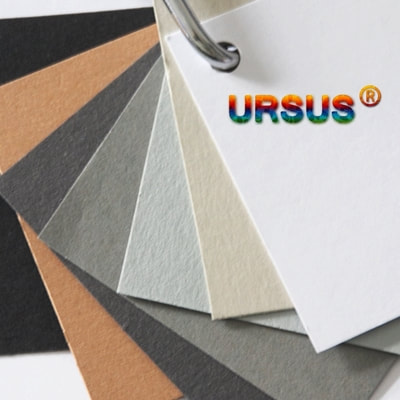
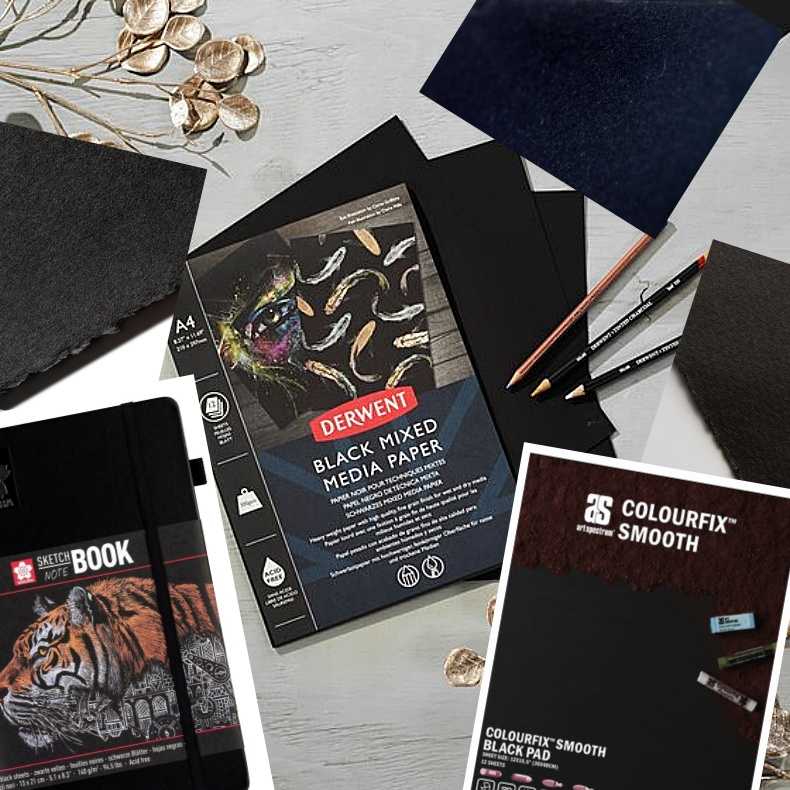
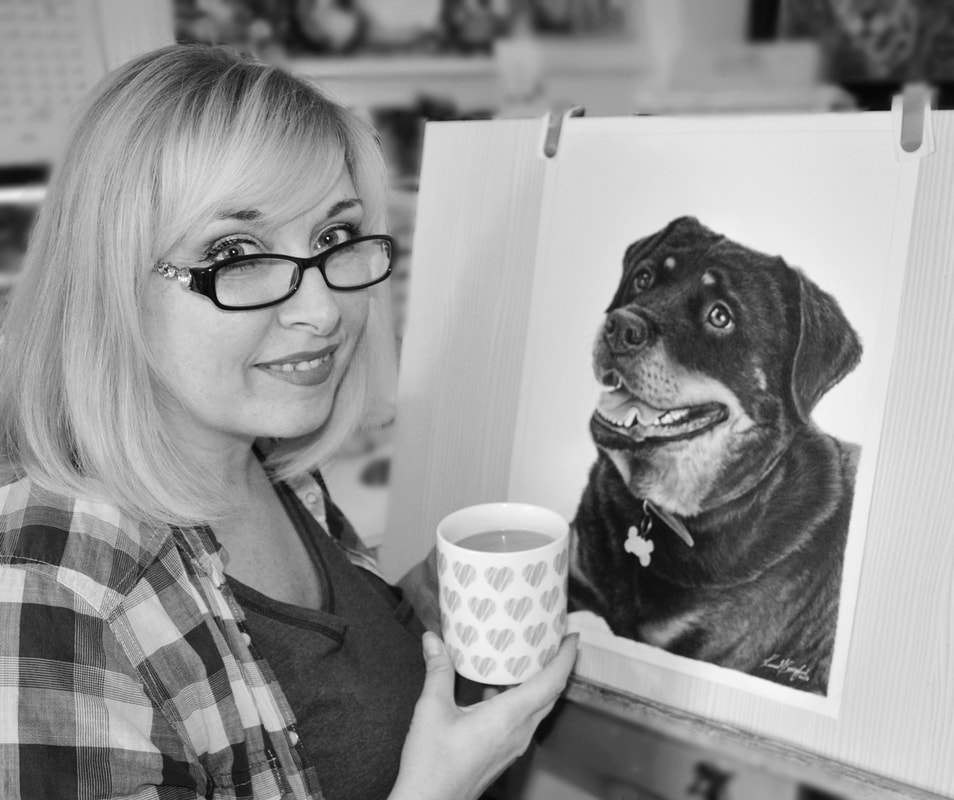
 RSS Feed
RSS Feed




